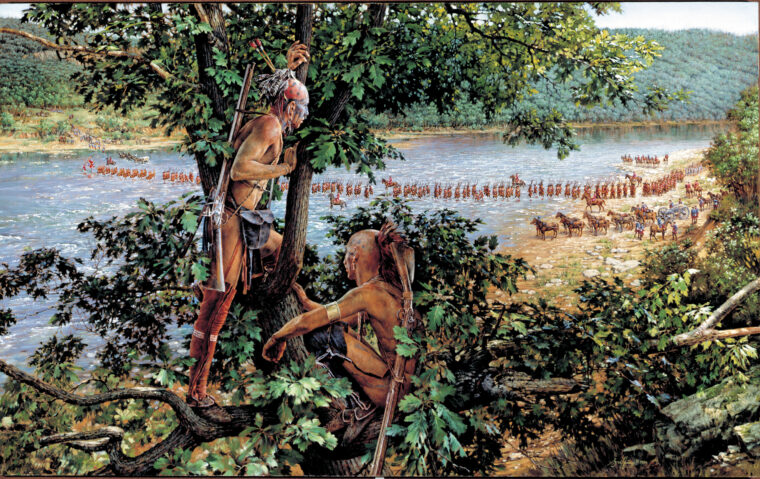
George Washington
Major General Braddock’s March on Fort Duquesne
By Colonel John P. Sinnott AUS (Ret.)Seldom was the hand of fate so clearly exposed in the affairs of men as it did during the French and Indian War when Maj. Read more

George Washington
Seldom was the hand of fate so clearly exposed in the affairs of men as it did during the French and Indian War when Maj. Read more
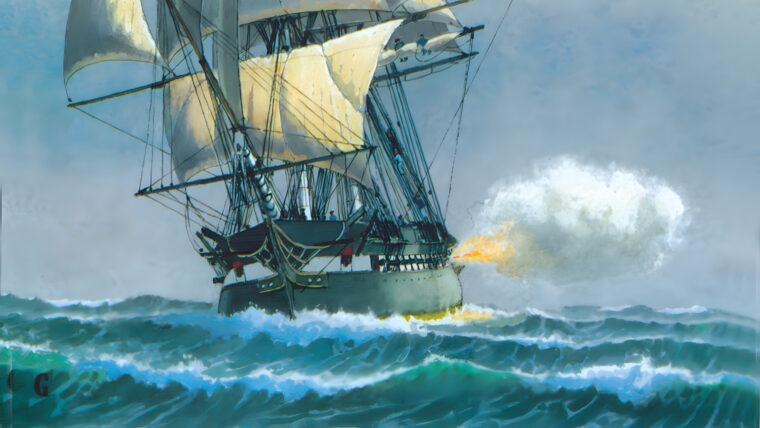
George Washington
Today restored to museum quality and lovingly cared for by a U.S. Navy crew, the USS Constitution, “Old Ironsides,” is the living symbol of America’s first generation of warships, built in response to external threats that a young United States would have preferred to ignore. Read more
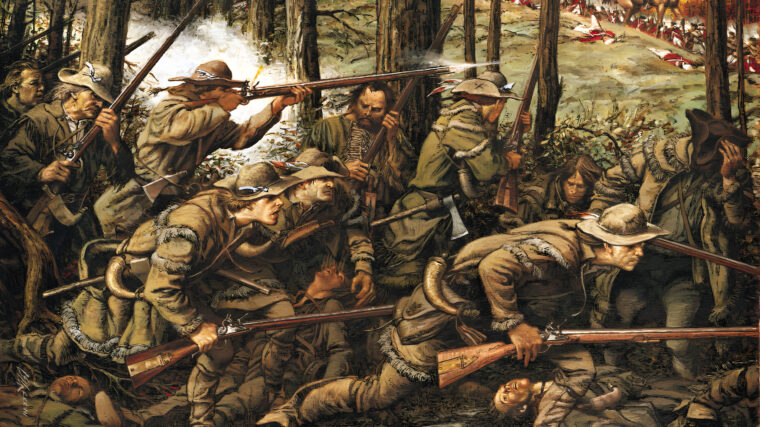
George Washington
The brightly uniformed soldiers that George III of England dispatched to subjugate the rebellious citizens of his North American colonies were at that time possibly the world’s best. Read more
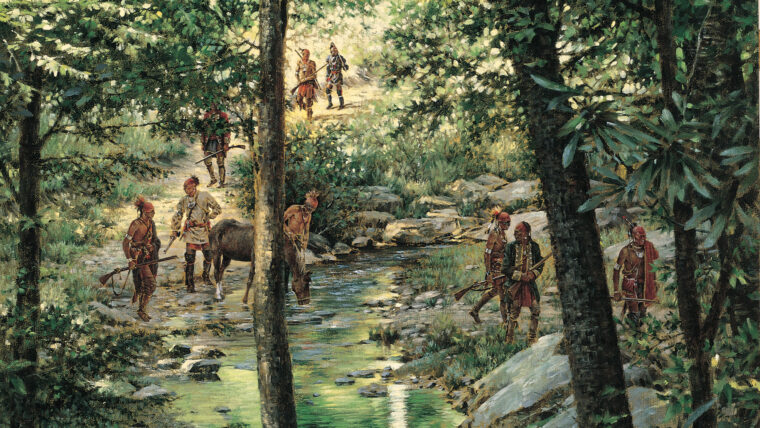
George Washington
In the 1780s the Founding Fathers of the United States didn’t so much revise the old Articles of Confederation as devise an entirely new government as set forth in the Constitution. Read more
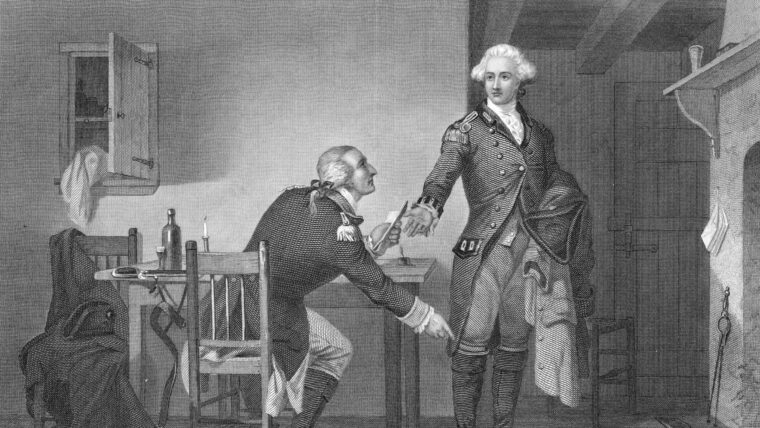
George Washington
The American Revolution was a proving ground for American spy operations. General George Washington’s use of deception, covert activities, secret inks, and informers was a model for future spymasters. Read more
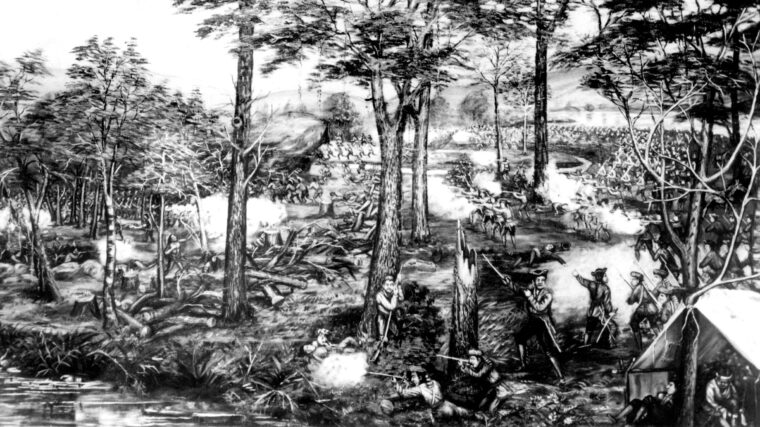
George Washington
In the lengthening shadows of a late October afternoon, a column of tired marchers attired in dusty, fringed hunting dress emerged from the trees along the north bank of the Kanawha River, raising an exhilarating shout upon sighting its confluence with the Ohio. Read more
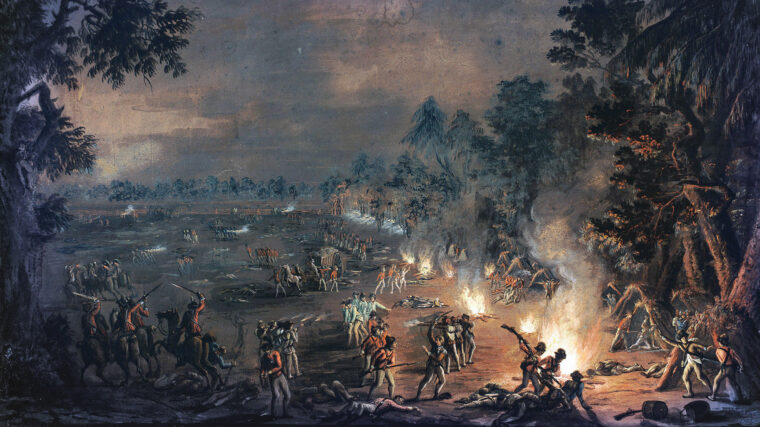
George Washington
On a gloomy Friday morning, September 26, 1777, an advance party of the British Army marched into Philadelphia to take possession of the city. Read more
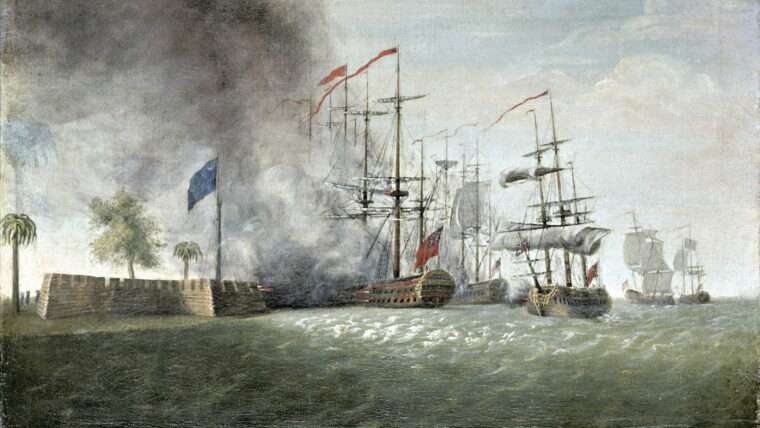
George Washington
By the early 1770s, with a full century of settlement already behind it, Charleston, S.C., had come into its own as a thriving urban center. Read more
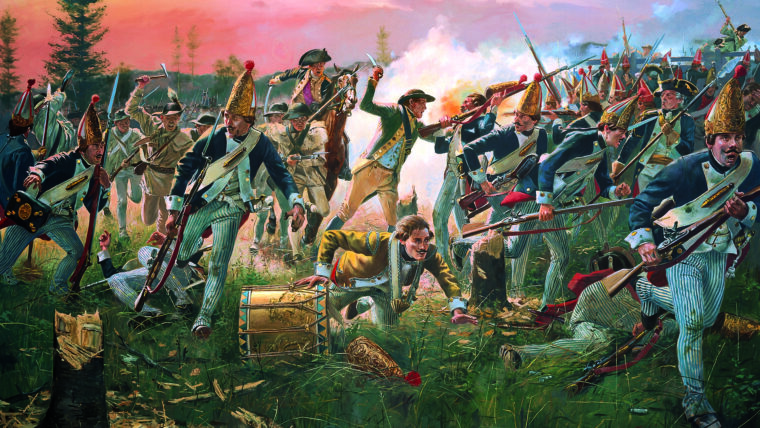
George Washington
“He is at this time transporting large armies of foreign mercenaries to complete the works of death, desolation and tyranny,” Thomas Jefferson said of King George III in the Declaration of Independence. Read more
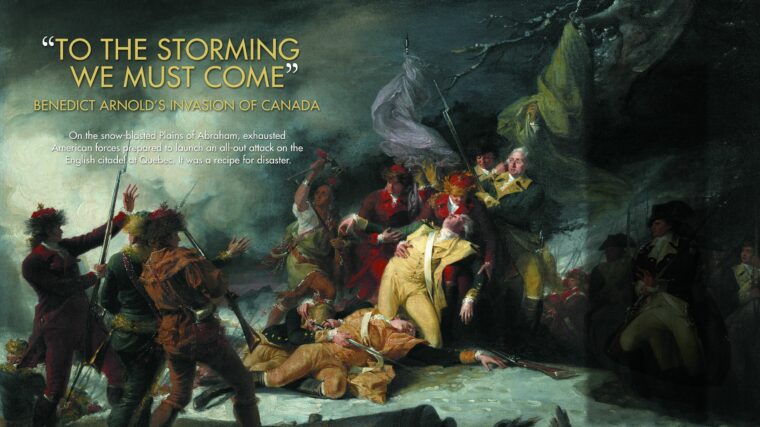
George Washington
Fresh from his capture of Fort Ticonderoga, Colonel Benedict Arnold in the summer of 1775 lobbied hard to the Continental Congress for authorization to lead an expedition to the lower St. Read more

George Washington
Of all the generals who fought on the Patriot side during the American Revolution, none was more renowned than New York City native William Alexander, better known to his contemporaries as “Lord Stirling.” Read more
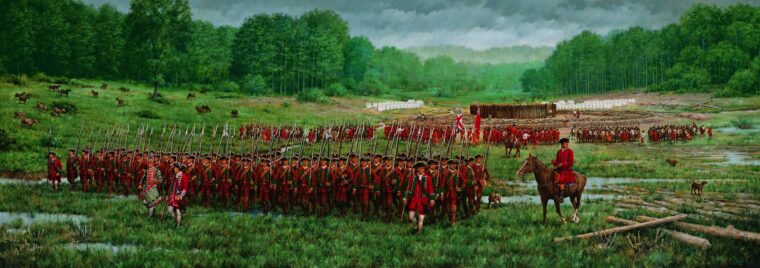
George Washington
George Washington looked down at the surrender documents. They were soaked from pouring rain and the ink was splotched. Read more
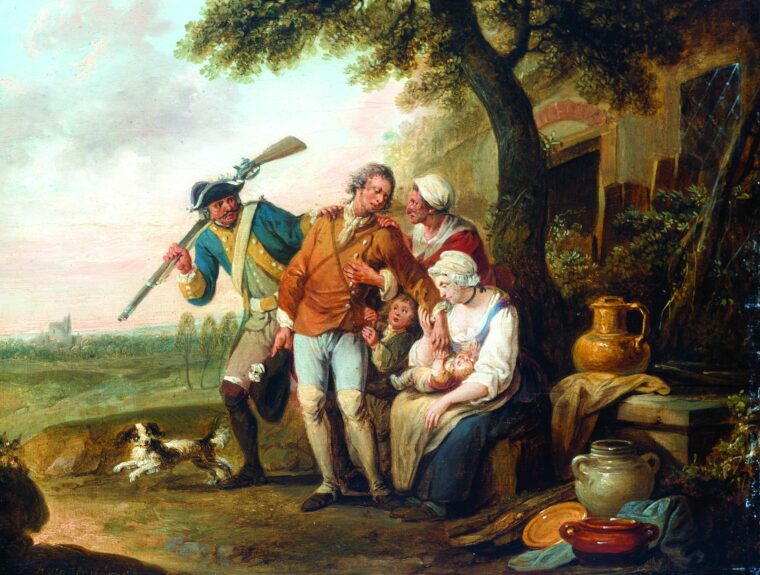
George Washington
The call of a nation on its civilian population either to create a military force or to augment a standing army is virtually as old as civilization itself. Read more
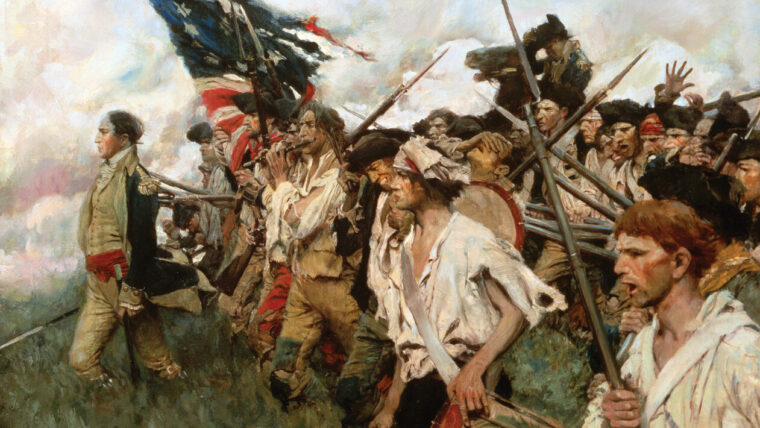
George Washington
On the morning of September 11, 1777, 19-year-old Gilbert du Motier, the Marquis de Lafayette, calmly sat on his horse next to George Washington, commander in chief of America’s revolutionary forces. Read more
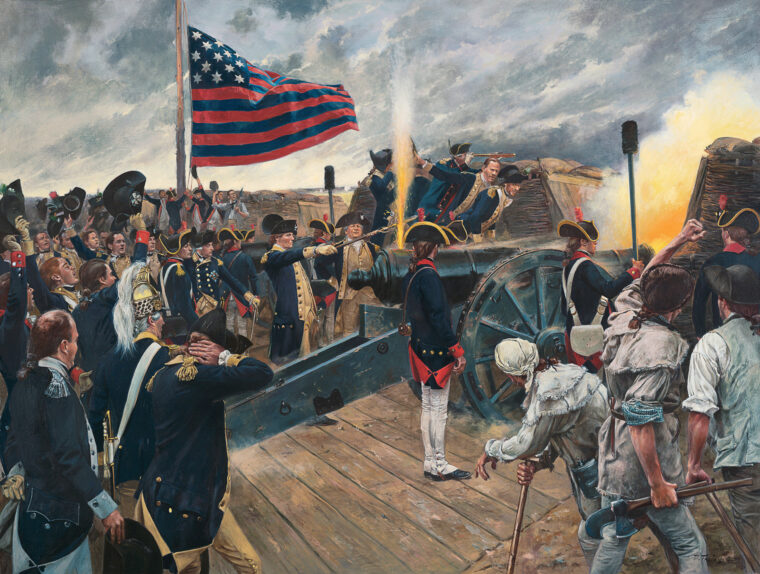
George Washington
Sergeant Joseph Plumb Martin, a sapper in the Continental Army, waited for the signal that would begin the night attack on two enemy-held redoubts. Read more
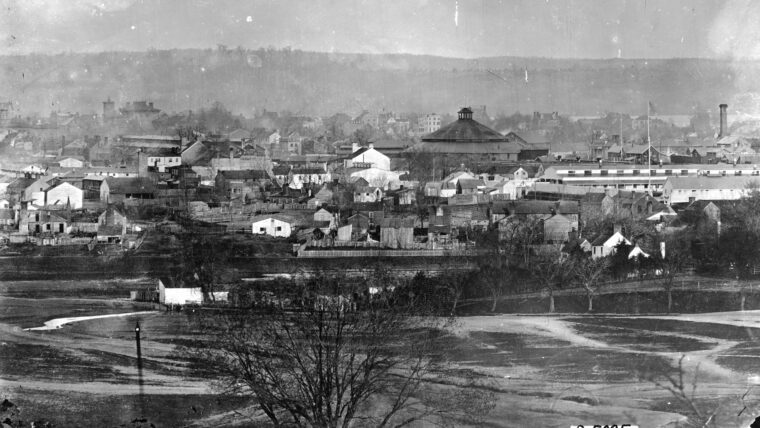
George Washington
Under bright moonlight, Union troops marched into Alexandria, Virginia, on May 24, 1861, one day after Virginia seceded from the Union. Read more
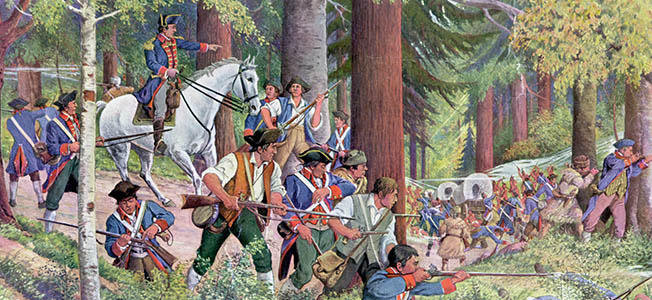
George Washington
The year 1776 ended on a high note for George Washington’s Continental Army despite its earlier devastating defeats on Long Island and Manhattan. Read more
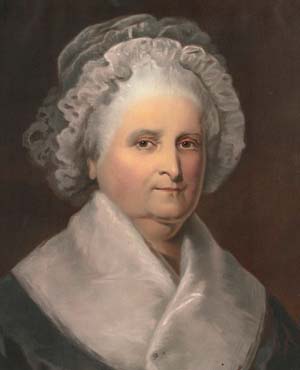
George Washington
Martha Custis Washington, wife of General George Washington, came to the winter quarters of her husband’s army each winter of the Revolutionary War. Read more
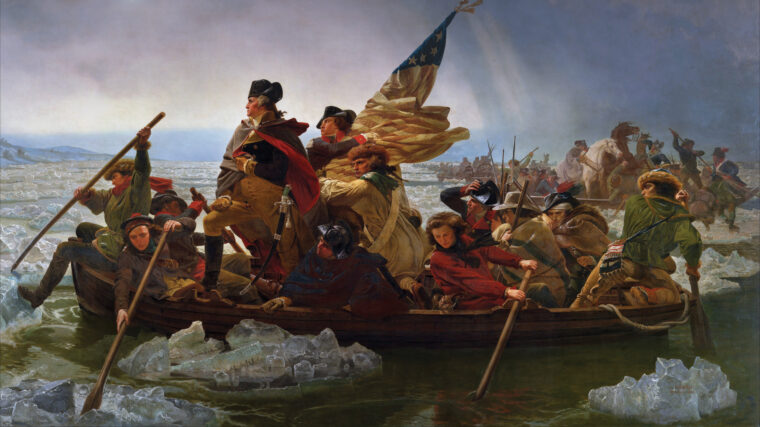
George Washington
The grim-faced men waiting to take their places in the boats were already chilled to the bone, the winter winds whipping mercilessly through their makeshift, threadbare uniforms as they silently formed up along the icy Pennsylvania riverbank. Read more

George Washington
The West Point Museum, located in Olmsted Hall and adjacent to the Visitor Center at the United States Military Academy, about an hour’s drive north of New York City, contains what is considered to be the oldest and largest diversified public collection of military artifacts in the Western Hemisphere. Read more